Start with the site, the Quinta das Laranjeiras: a suburban property that doubled as a cutting-edge pleasure arena by early 19th century standards, were Count Farrobo used to throw parties good enough for the derived word Farrobodo to stand for wild partying in informal Portuguese. The property of the party animal became, in the early 20th century, an animal party, or at least a fiction of it, the Lisbon Zoo. Not less amusing, the remainder of the site was more recently acquired by the Ministry of Education and Technology, the client who commissioned the design of the Thalia theatre.
Take the story of the building itself: a small theatre built opposite to count Farrobo's main palace, and named after the eight muse, Thalia, the muse of comedy. The count, who occasionally managed opera theatre, commissioned in 1842 the renovation of his small amusement salon and theatre, originally built in 1820, to Italian architect Fortunato Lodi. Writings of the time highlighted the elegance and opulence of Thalia's attendants as well as the building's technical prowess; a theatre of progress, illuminated by gas lighting twenty years before the streets of Lisbon.
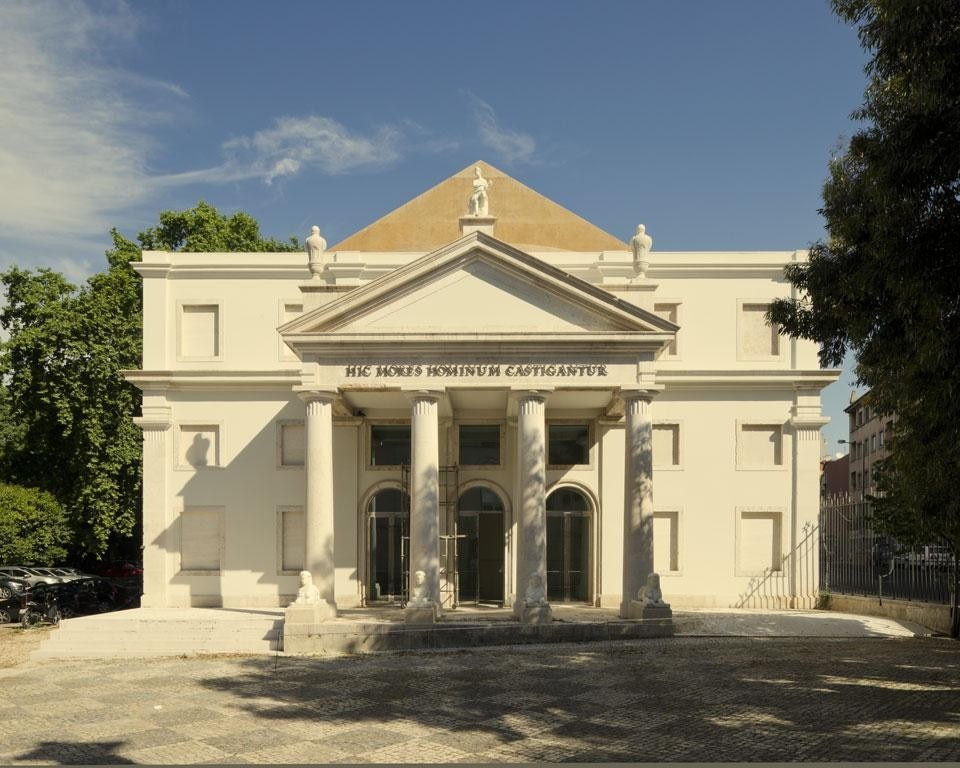
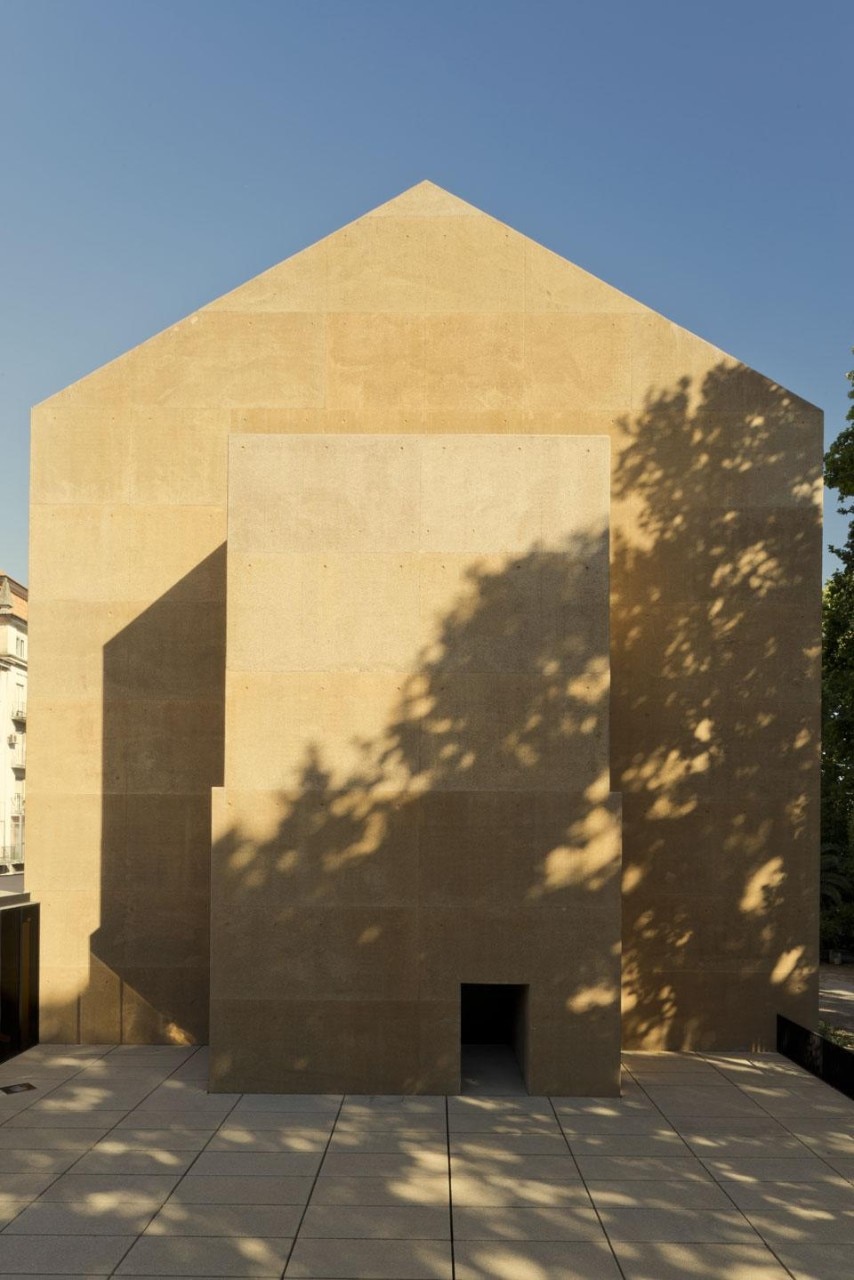
The outside of the box — the pure volume that encases the Thalia — is made with the ultimate literary material: concrete finished with corrosion
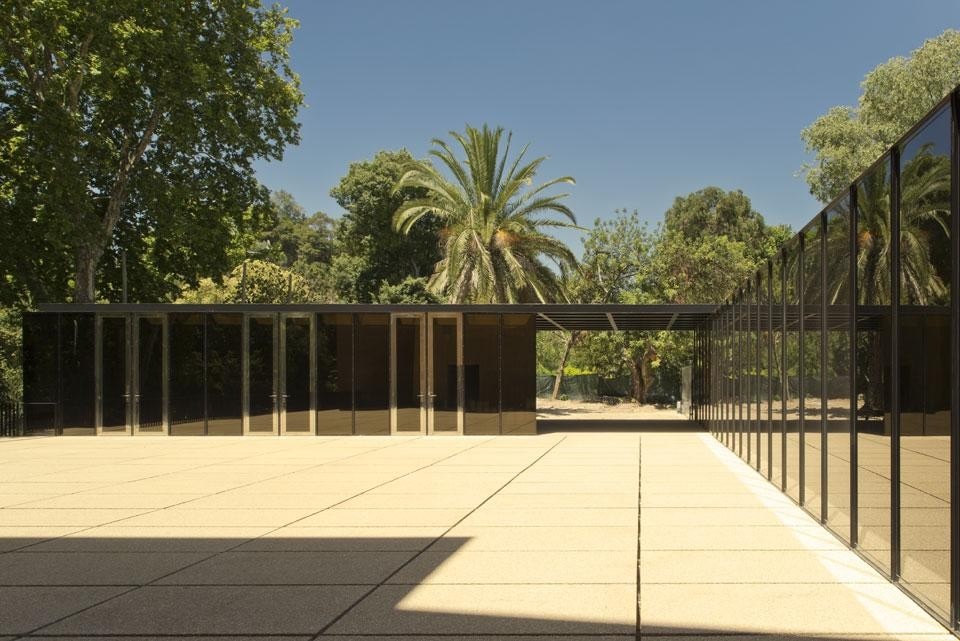
For Semper, form is a material of representation, even if a representation of its symbolic nature. The dislocation or exaggeration of the "constructive truth" can equally be construed as a form of satire. When the materials play themselves, they "act" in this very serious comedy of architecture.
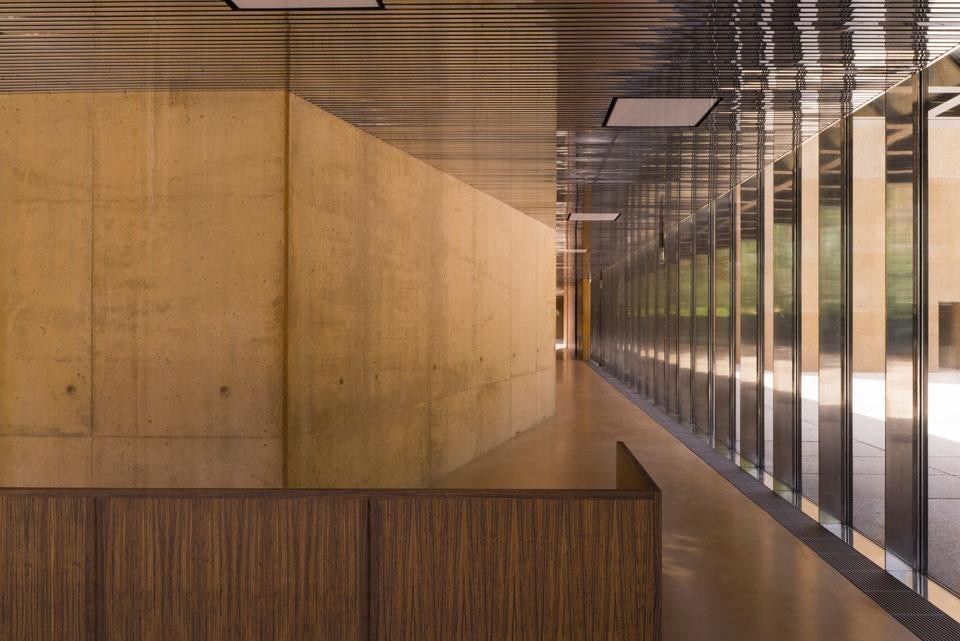
The peristyle was restored to its marbled elegance, but fancier, sharper, with the paving stones and the roof tiles replaced with lioz, a prized local limestone. The Latin inscription recovered its place in the frieze, but now with some distance from it, casting a shadow on the satirical admonition. The polished brass of the glazed entrance doors completes this refined overture.
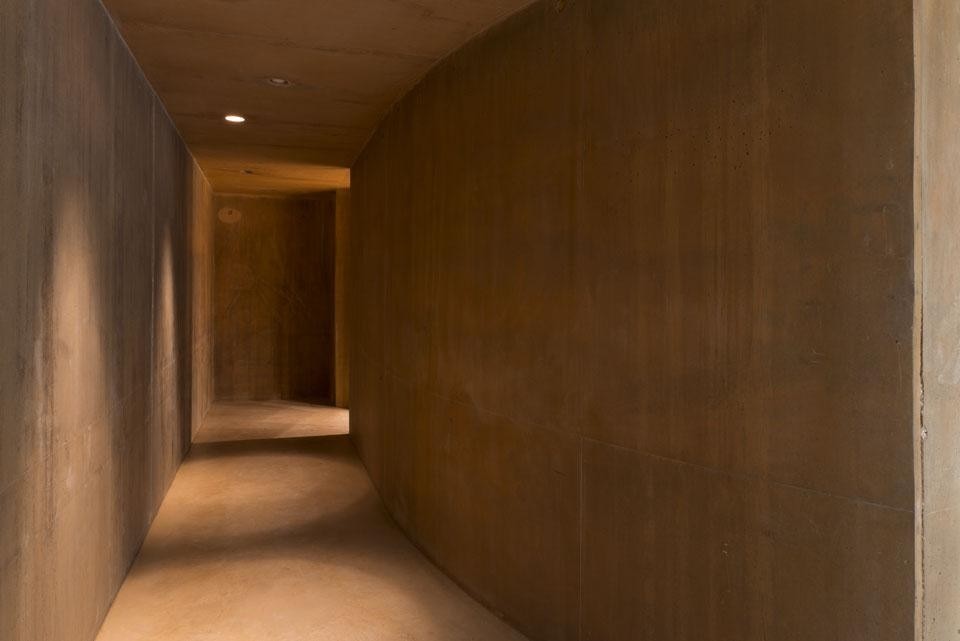
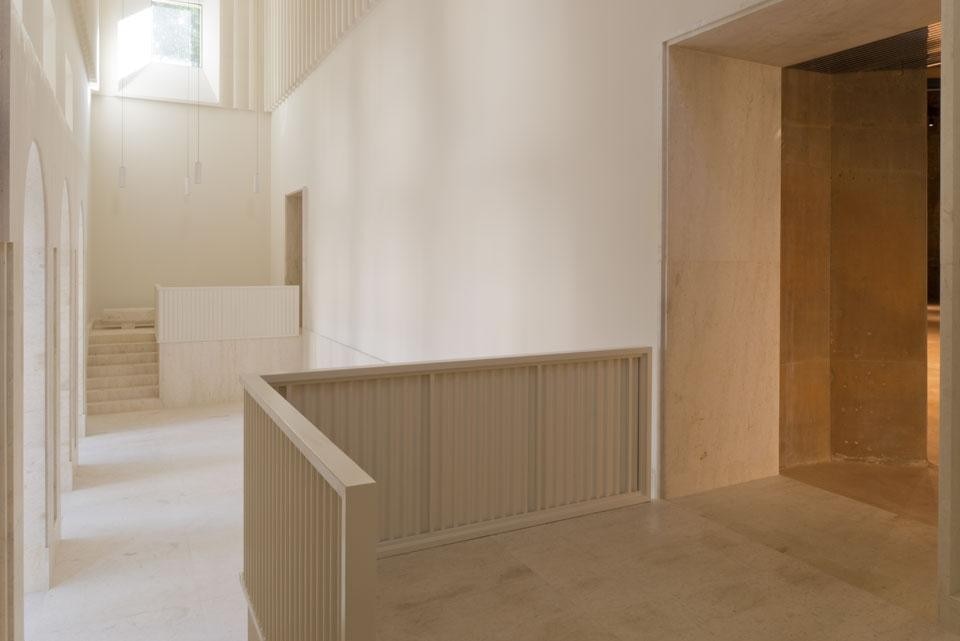
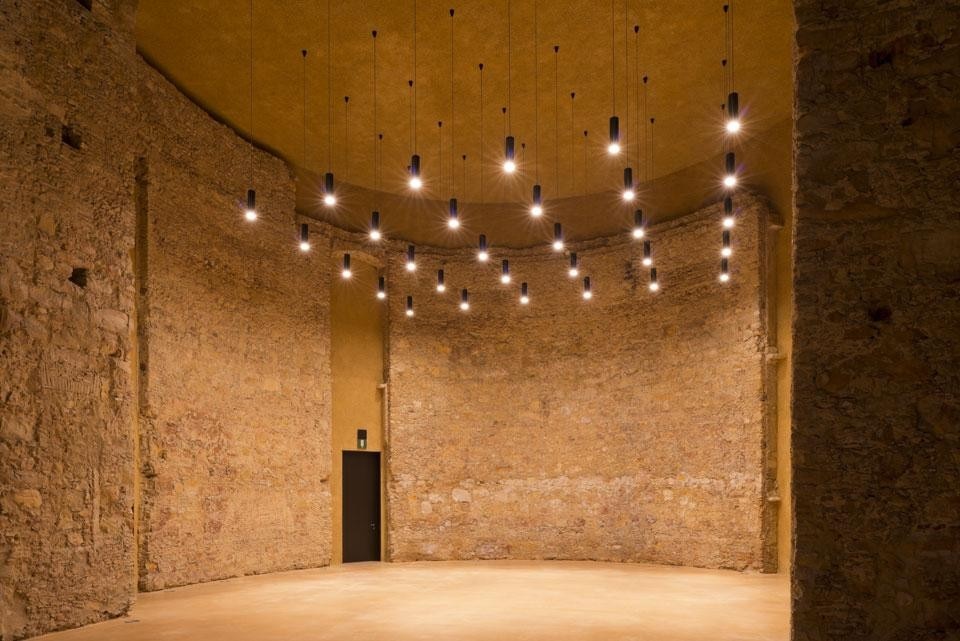
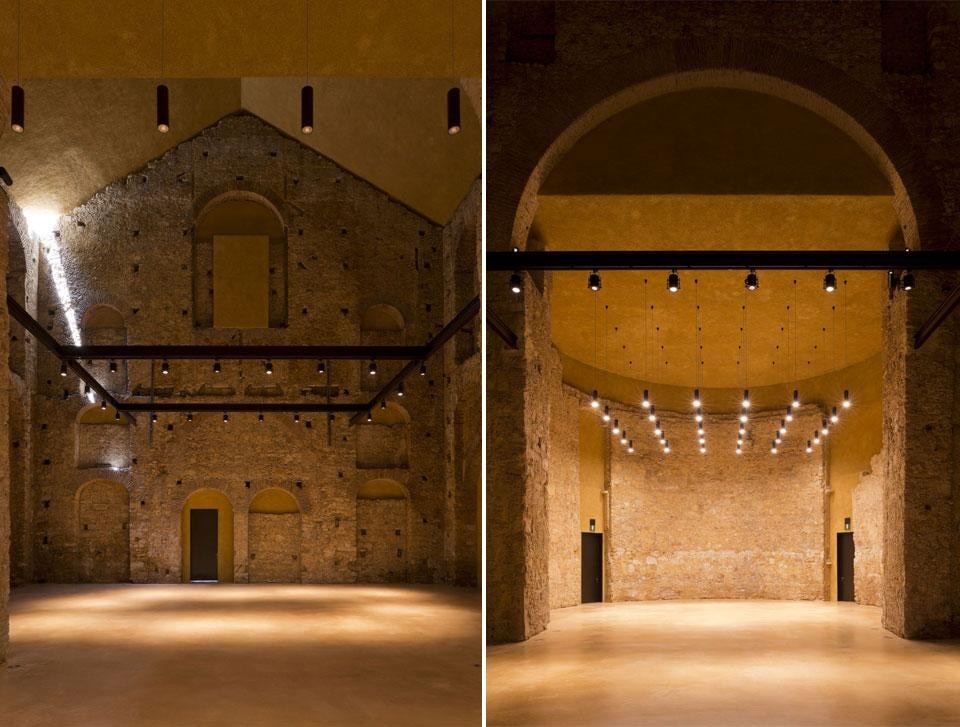
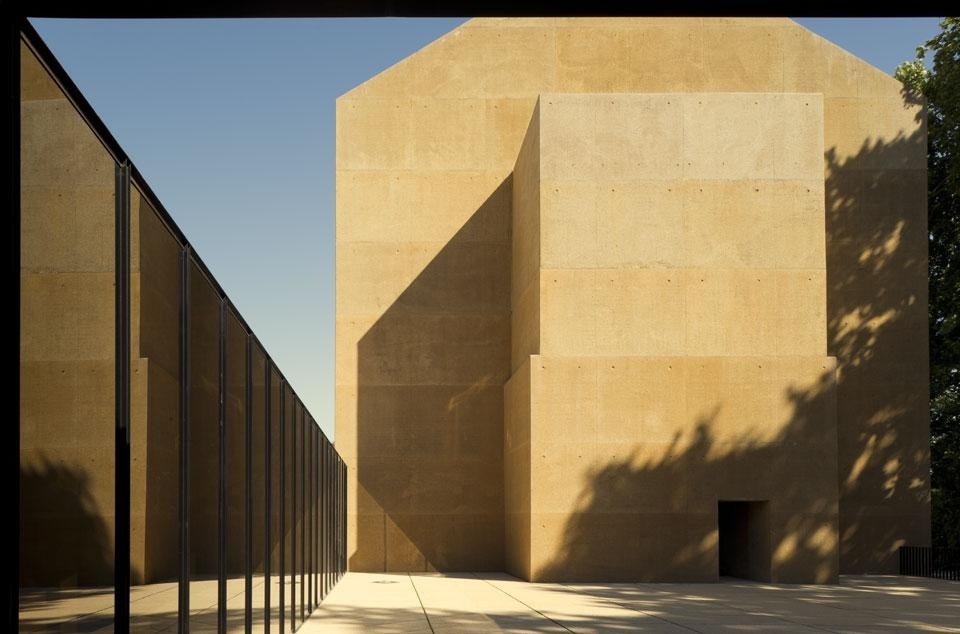
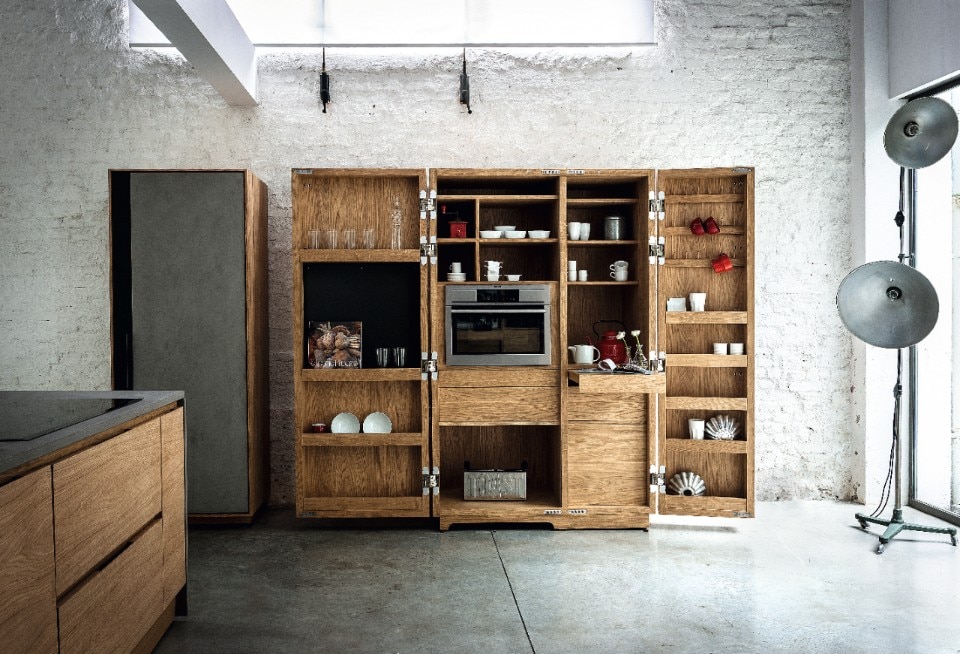
The value of solidity
Riva1920 creates solid wood furniture using certified or reclaimed materials, combining sustainability, high-quality craftsmanship, and timeless design. An Italian excellence focused on durability, transparency, and authenticity.




